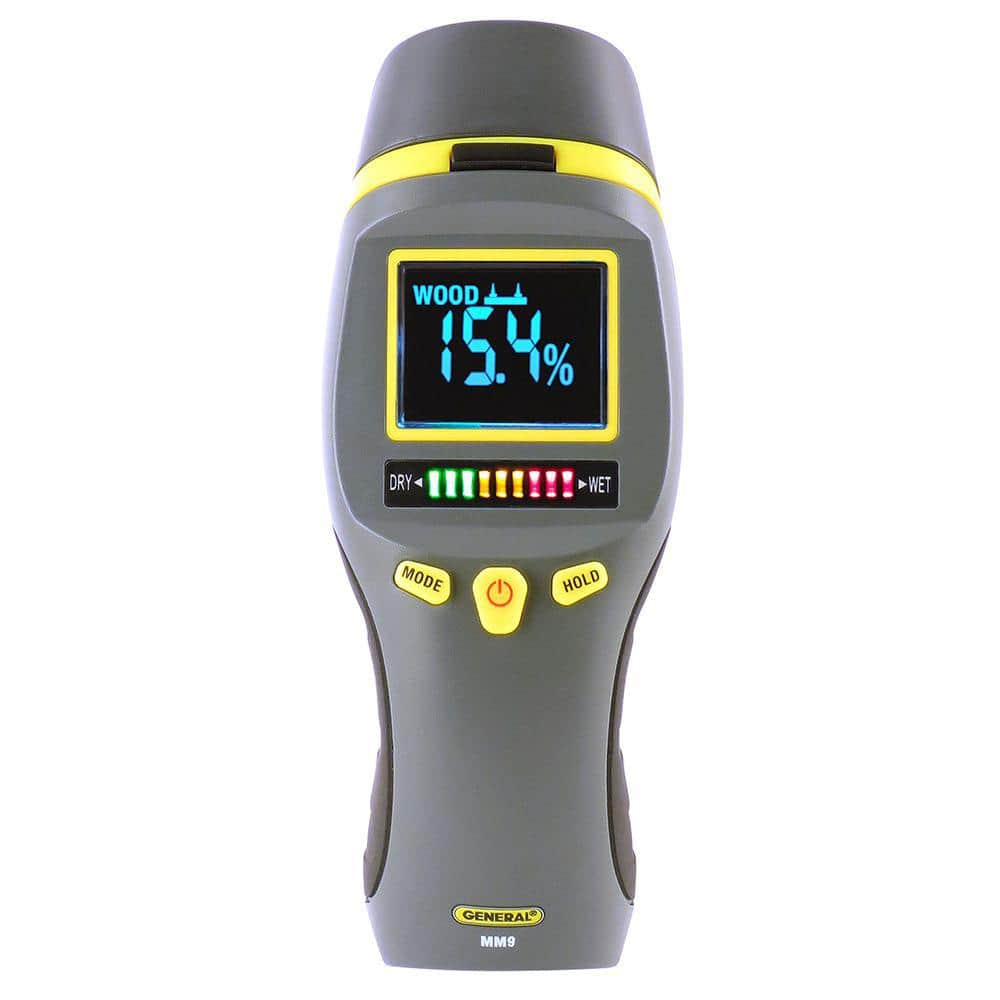Delve Into the World of Moisture Meters: Whatever You Required to Know
In the realm of dampness meters exists a globe of accuracy and functionality that frequently goes undetected. Understanding exactly how moisture meters run, the different kinds offered, and their diverse uses can lose light on their relevance in ensuring high quality and efficiency.
Exactly How Moisture Meters Work
Moisture meters operate by determining the electrical conductivity or capacitance of materials to establish the dampness web content present. These meters are important tools throughout numerous industries, including woodworking, agriculture, and construction. By making use of different approaches such as pinless or pin-type technology, moisture meters supply precise analyses that assist experts make notified choices.
Pin-type wetness meters work by inserting the sharp pins into the material being tested. The electric conductivity between the pins is then gauged, with greater moisture levels resulting in increased conductivity. Moisture Meter. On the various other hand, pinless dampness meters utilize electro-magnetic signals to scan a larger area without causing any type of damages to the material's surface. These meters are perfect for quickly analyzing wetness degrees in large areas or completed products.
Regardless of the method made use of, wetness meters play a vital function in protecting against problems such as mold growth, structural damages, or item issues triggered by excess wetness. Recognizing exactly how these meters work is vital for making sure the top quality and stability of materials in numerous applications.
Kinds Of Moisture Meters
Offered the crucial duty moisture meters play in different markets, it is vital to understand the various types offered to professionals for properly assessing moisture levels - Moisture Meter. There are mainly two major sorts of dampness meters: pin-type and pinless moisture meters

On the various other hand, pinless wetness meters utilize electromagnetic sensor plates to scan a bigger area of the product without triggering any damage. This type is ideal for quickly scanning big areas and is frequently used for flooring, wall surfaces, and ceilings. Pinless meters are hassle-free for taking readings on finished surface areas without leaving any noticeable marks.
Both types of moisture meters have their benefits and are picked based on the certain demands of the work handy. Understanding the distinctions in between these kinds is vital for professionals to make accurate moisture analyses.
Applications Across Industries
Building specialists count on dampness meters to evaluate the dampness levels in structure products like timber, concrete, and drywall, which is vital for keeping structural honesty and protecting against problems like rot or mold and mildew. The flooring market makes use of wetness meters to measure the moisture content in subfloors before setting up different floor treatments, preventing costly problems due to excess moisture. In the food market, dampness meters are utilized to keep an eye on and regulate moisture degrees in products such as grains, nuts, and dried fruits to preserve freshness and top quality.
Tips for Making Use Of Moisture Meters
When gauging the dampness web content in different materials,Make use of the dampness meter's calibration setups to make certain accurate readings. Calibration is vital for the correct functioning of a dampness meter. Prior to each use, it is a good idea to check and readjust the calibration setups according to the particular material being examined. Furthermore, make certain the meter is set to the correct moisture array for the material you are gauging to obtain one of the most accurate results.
When utilizing a pin-type dampness meter, put the pins to the appropriate deepness suggested for the this product being evaluated. This ensures that the wetness readings are drawn from the right depth within the material, giving an extra accurate representation of its dampness web content. For pinless wetness meters, keep in mind to maintain proper call with the product's surface to obtain reliable readings.
Regularly examine and change the batteries in your dampness meter to avoid imprecise analyses as a result of low power. Shop the meter in a completely dry and secure location when not being used to lengthen its life expectancy and maintain its precision. By following these tips, you can optimize the efficiency of your dampness meter and obtain specific moisture material measurements across different products.
Upkeep and Calibration
To guarantee the precision of moisture content dimensions, normal maintenance and calibration of the wetness meter are vital steps in its proper performance. Upkeep involves keeping the moisture meter complimentary and clean from particles that can impact its analyses. It is essential to follow the supplier's standards for cleansing to avoid damages to the device. Furthermore, regular calibration is necessary to verify the precision of the readings. Calibration adjusts the dampness meter to ensure that it provides consistent and reliable outcomes.
Calibration ought to be done occasionally, specifically if the wetness meter is utilized regularly or in vital applications where exact dimensions are needed. By keeping and adjusting the dampness meter on a regular basis, users can rely on the precision of the dampness material dimensions obtained.
Conclusion

Finally, moisture meters play a critical role in different markets by properly gauging the wetness web content of products. Comprehending exactly how these gadgets function, the different kinds offered, and proper maintenance and calibration are important for acquiring dependable results. Whether in manufacturing, building and construction, or farming, using dampness meters aids make sure high quality control and performance in procedures.

In conclusion, wetness meters play a critical role in various industries by precisely determining the moisture web content of materials.